Optimal Timing for Waterproofing Projects
Determining the optimal time for waterproofing projects depends on climate conditions, weather patterns, and the specific type of waterproofing system used. Proper timing ensures the effectiveness and longevity of waterproofing applications, preventing water intrusion and damage.
Spring offers moderate temperatures and longer daylight hours, making it ideal for waterproofing projects before heavy rains.
Warm weather and dry conditions facilitate effective application and curing of waterproofing materials.
Early fall provides cooler temperatures and less humidity, suitable for sealing and coating surfaces before winter.
Winter is generally unsuitable due to freezing temperatures and moisture issues, which can compromise waterproofing effectiveness.
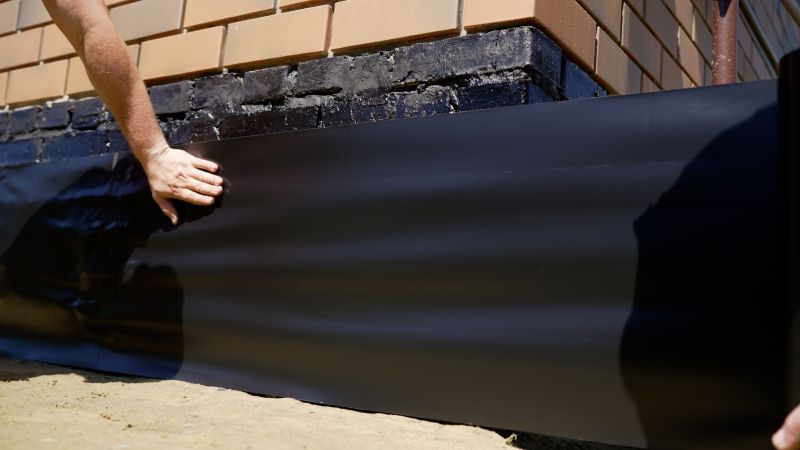
Image depicting waterproofing work during spring with mild weather conditions.
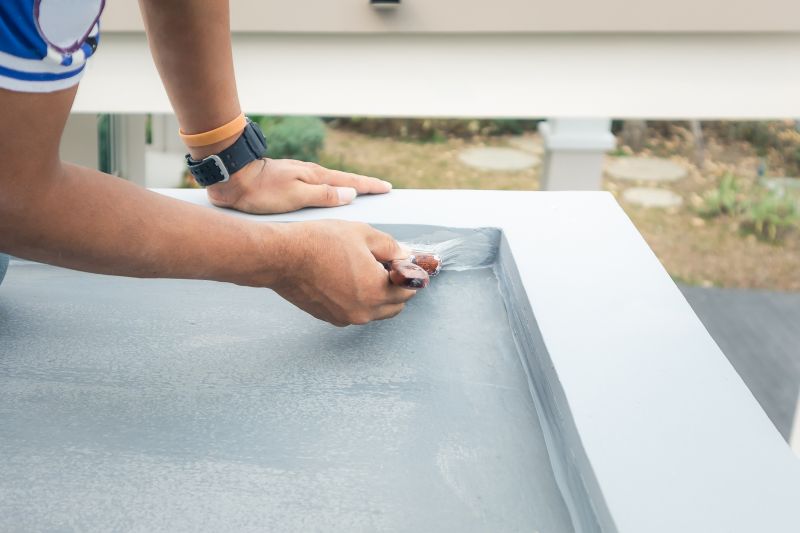
Image showing waterproofing being applied in warm, dry summer conditions.
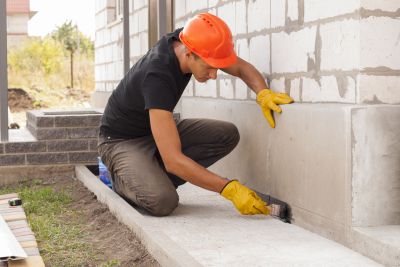
Image of waterproofing work being done in early fall to prepare for winter.
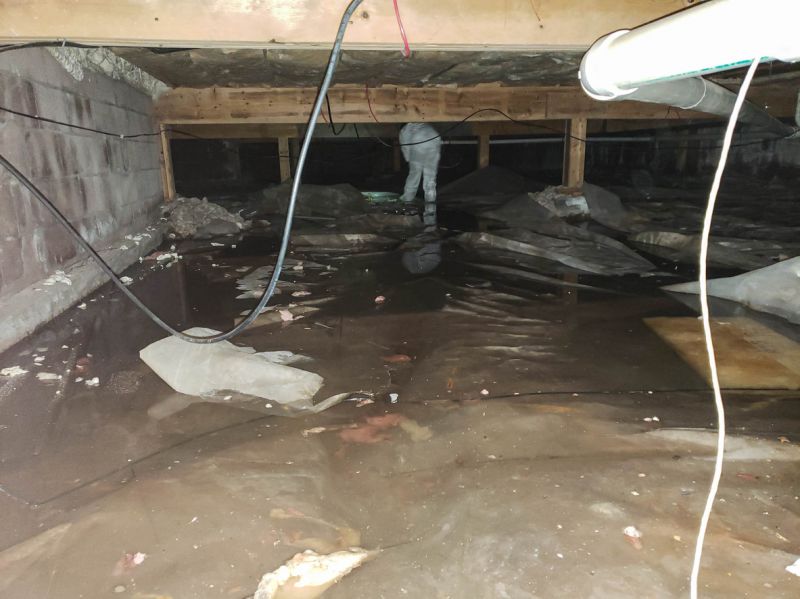
Ways to make Waterproofings work in tight or awkward layouts.
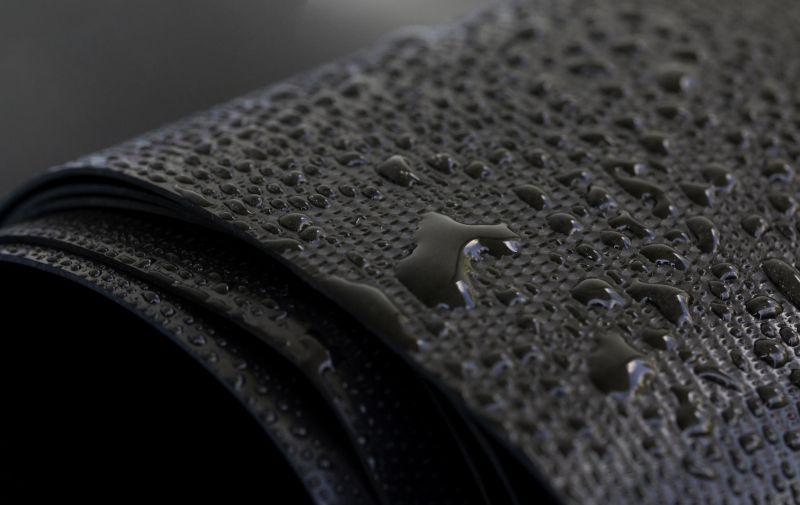
Popular materials for Waterproofings and why they hold up over time.
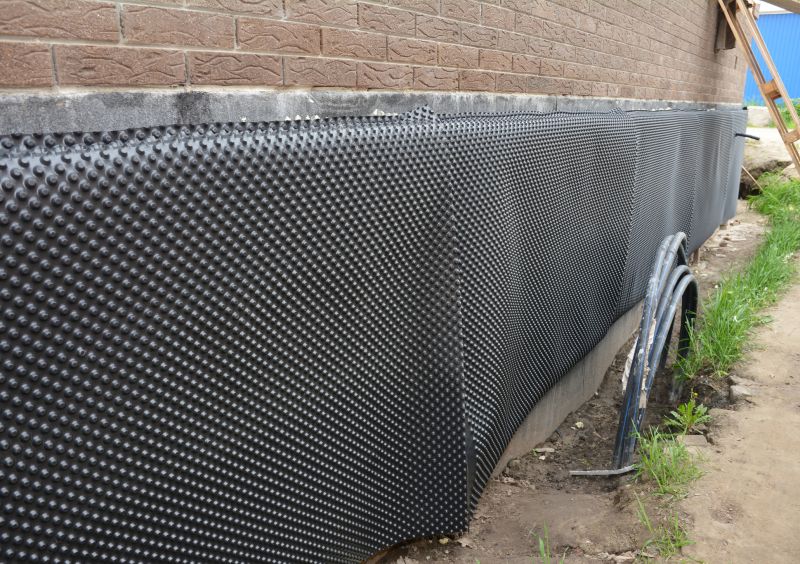
Simple add-ons that improve Waterproofings without blowing the budget.
Waterproofing is a critical component in protecting structures from water damage, mold growth, and structural deterioration. Effective waterproofing extends the lifespan of buildings and reduces maintenance costs. Different waterproofing systems, such as membrane coatings, sealants, and injections, are chosen based on the specific needs of the project.

Image of membrane systems installed on a foundation.
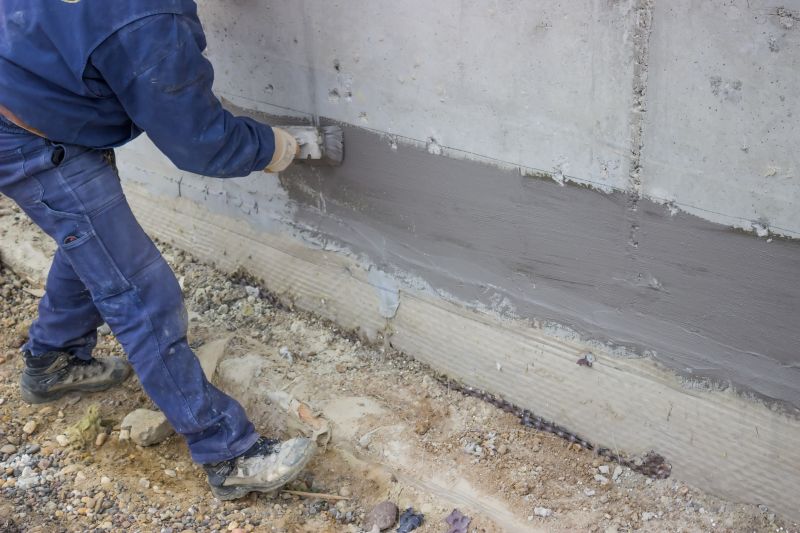
Image showing sealants being applied around joints and cracks.
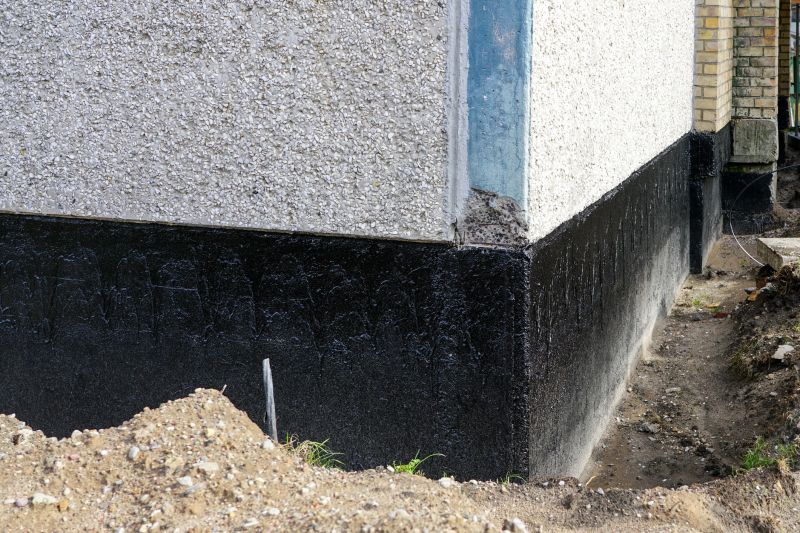
Image of waterproofing application on a basement wall.

Image of a fully waterproofed surface ready for use.
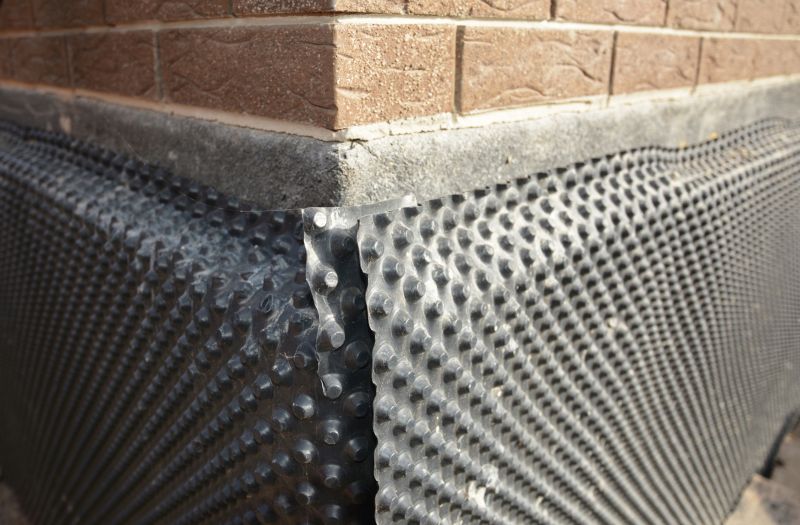
High-end options that actually feel worth it for Waterproofings.
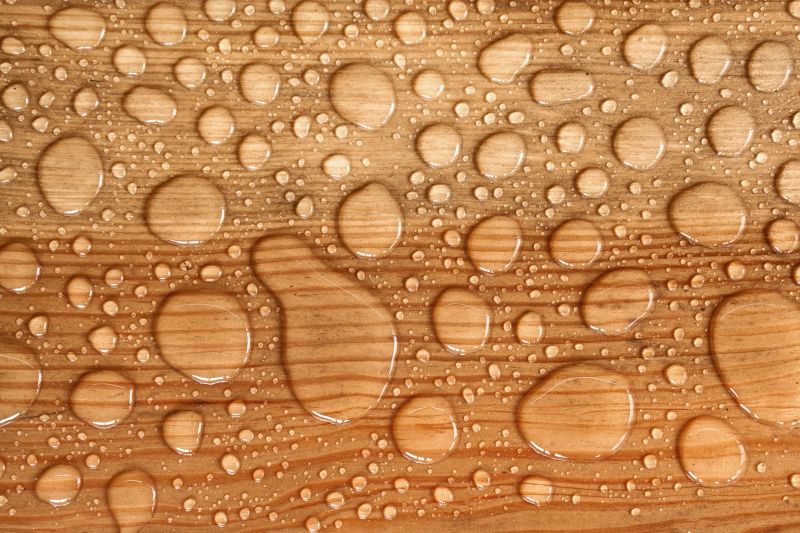
Finishes and colors that play nicely with Waterproofings.

Little measurements that prevent headaches on Waterproofings day.
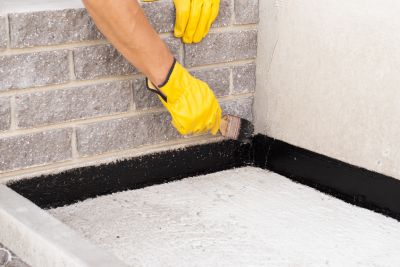
A 60-second routine that keeps Waterproofings looking new.
| Season | Suitable Conditions |
|---|---|
| Spring | Moderate temperatures, low humidity, and dry days |
| Summer | Warm, dry weather ideal for curing waterproofing materials |
| Fall | Cooler temperatures, less humidity, and dry conditions |
| Winter | Freezing temperatures and moisture make waterproofing unsuitable |
Timing waterproofing projects appropriately enhances their durability and effectiveness. Proper application during suitable weather conditions prevents issues such as cracking, peeling, and water infiltration. Consulting with waterproofing specialists can help determine the best timing based on local climate patterns and project requirements.
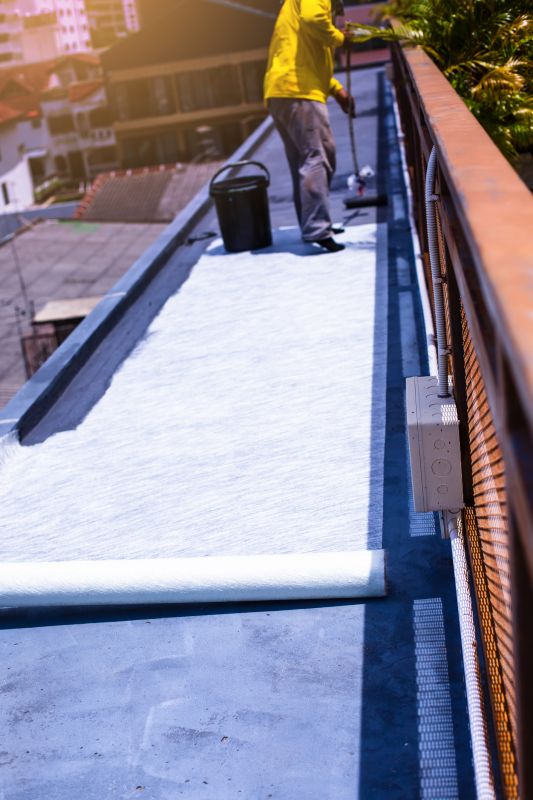
Image of waterproofing work during spring with mild weather.

Image showing waterproofing application in warm weather.
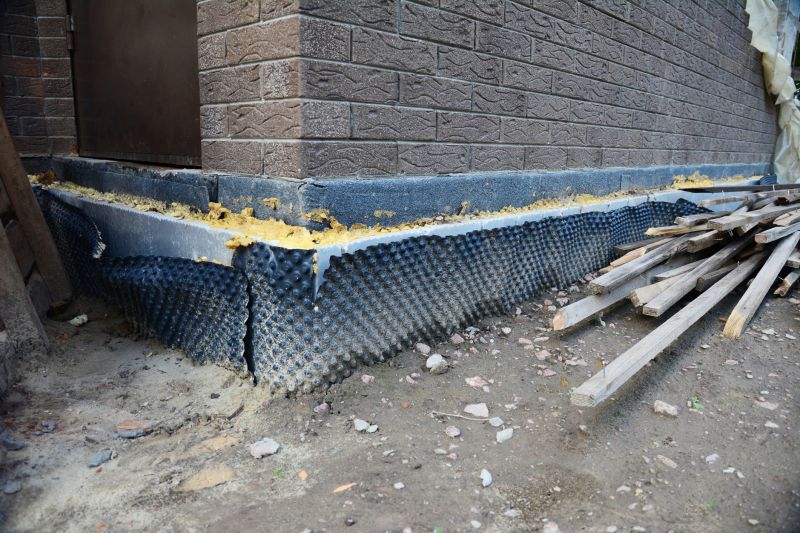
Image of fall waterproofing preparations.
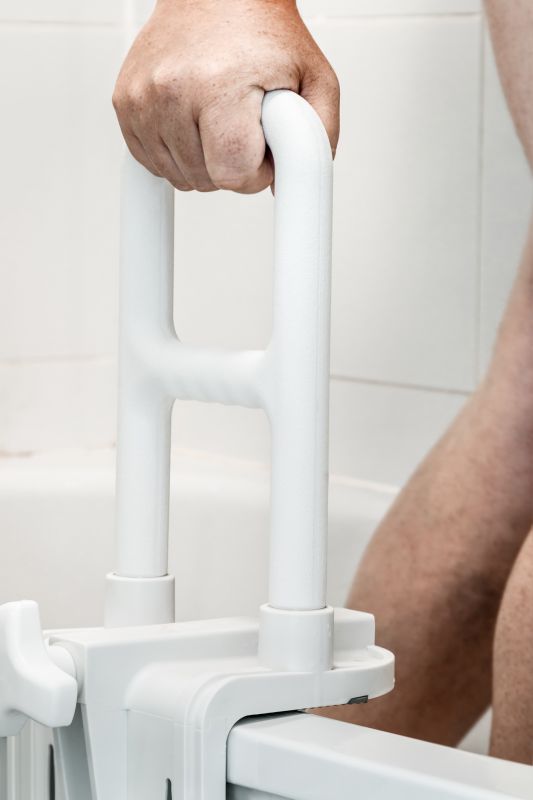
Small tweaks to make Waterproofings safer and easier to use.
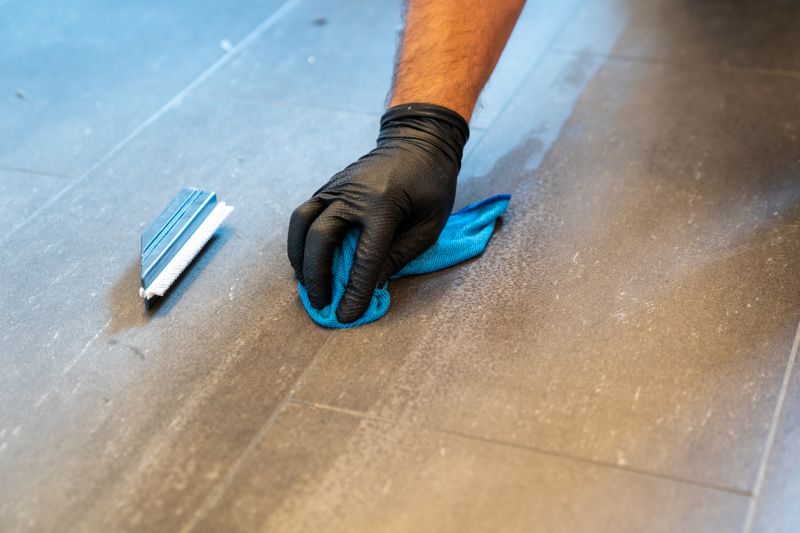
Lower-waste or water-saving choices for Waterproofings.
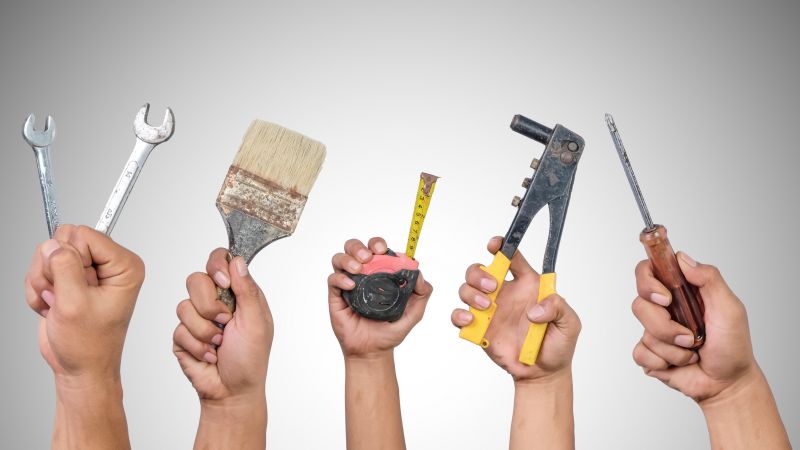
The short, realistic tool list for quality Waterproofings.
Interested in waterproofing services? Filling out the contact form provides an opportunity to discuss project needs and schedule the work during optimal weather conditions for the best results.

